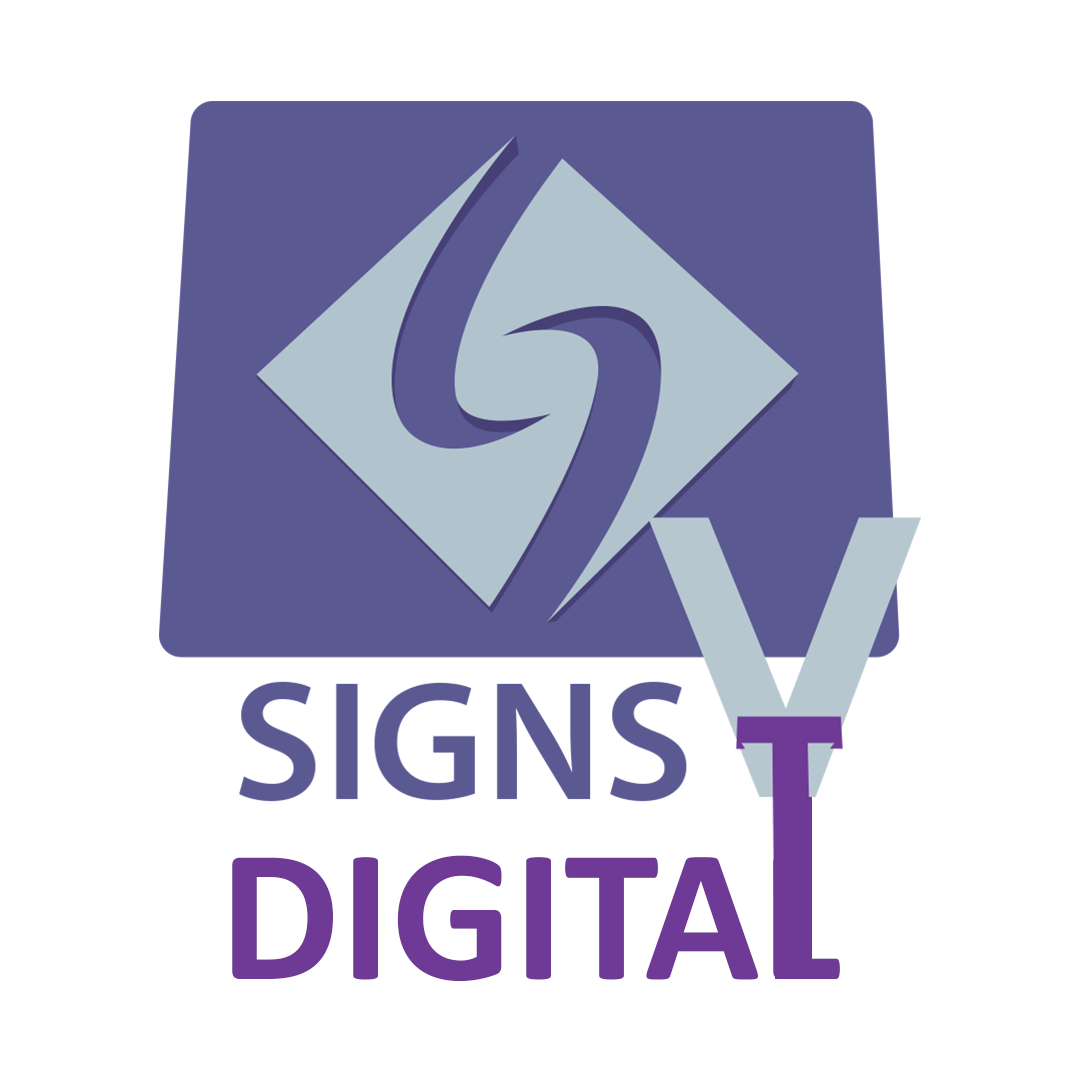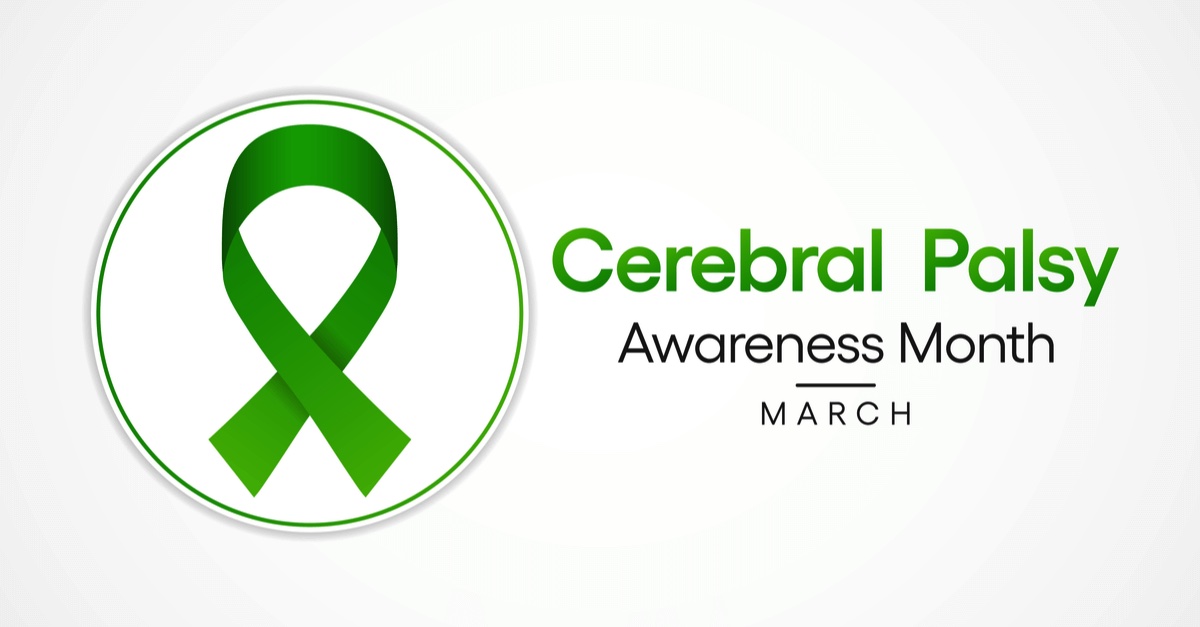Cerebral Palsy Awareness Month: Types of Cerebral Palsy

The term cerebral refers to the human brain. Palsy is a condition that causes difficulty moving; therefore, cerebral palsy (CP) refers to a neurological condition that develops in infancy or early childhood and permanently disrupts body motion and muscle coordination.
Cerebral palsy is caused by abnormalities in the growing brain that disrupt the capacity to govern movement, posture, and balance.
According to medical experts, some types of cerebral palsy occur when the areas of the brain responsible for muscular movement do not develop normally during pregnancy. Others have brain damage as a result of an injury sustained prior to, during, or after birth.
The disability is categorized based on the primary movement disorder observed, which includes:
- Spastic cerebral palsy: Characterized by muscle stiffness.
- Athetoid/dyskinetic cerebral palsy: Marked by involuntary, writhing movements.
- Ataxic cerebral palsy: Defined by impaired balance and coordination.
Furthermore, doctors consider the presence of additional symptoms, such as muscle weakness (paresis) or paralysis (plegia), when classifying the condition.
The most frequent type of cerebral palsy is spastic. Spastic cerebral palsy is classified into three subtypes:
People with spastic hemiplegia/hemiparesis usually have paralysis or weakness in one of their arms or hands. Occasionally, weakness or paralysis affects the leg. Children tend to walk later and on tiptoe. The damaged arm and leg are often shorter and thinner. This gets more obvious as they grow older. Some children acquire scoliosis. Speech is frequently delayed with this type of CP, although cognition is normally normal.
People with spastic diplegia/diparesis experience muscle stiffness primarily in their legs, although it is also possible to have stiffness in their arms and face. They frequently have muscle stiffness in their legs, causing them to move like scissor arms, and toddlers may require a walker or leg braces. People with this personality type often have normal intelligence and linguistic skills.
Spastic quadriplegia/quadriparesis is the most severe type of cerebral palsy, and it is frequently associated with moderate-to-severe intellectual disability. Children are frequently unable to walk because of excessive stiffness in their limbs and a floppy neck. People with spastic quadriplegia/quadriparesis frequently have difficulties speaking and experience seizures that do not react well to treatment.
Non-spastic varieties of cerebral palsy include dyskinetic cerebral palsy, which causes delayed and unpredictable movements in the hands, feet, arms, or legs. Overactive tongue and facial muscles can cause some children to grimace or drool. Children with dyskinetic cerebral palsy have difficulty sitting and walking properly. Some individuals have difficulty hearing, controlling their breathing, and speaking. Intelligence is hardly damaged.
Ataxic cerebral palsy impairs balance and depth perception. Children with ataxic CP frequently exhibit poor coordination and walk unsteadily with their legs spread wide. They struggle with quick or precise actions, such as writing. People with ataxic cerebral palsy may struggle to control voluntary movements, such as reaching for something.
Mixed cerebral palsy refers to symptoms that do not fall into one single type of CP but are a combination of several. For example, a child with mixed CP may have some muscles that are too tight while others are too relaxed, resulting in stiffness and floppiness.
Tags: Cerebral Palsy Awareness Month World Cerebral Palsy Day
Related
Share this article
Experienced and versatile writer, dedicated to using my exceptional writing and editing skills to inform and advocate. My work focuses on educating and entertaining readers on a range of topics, with a particular expertise in matters of disability.
View articles